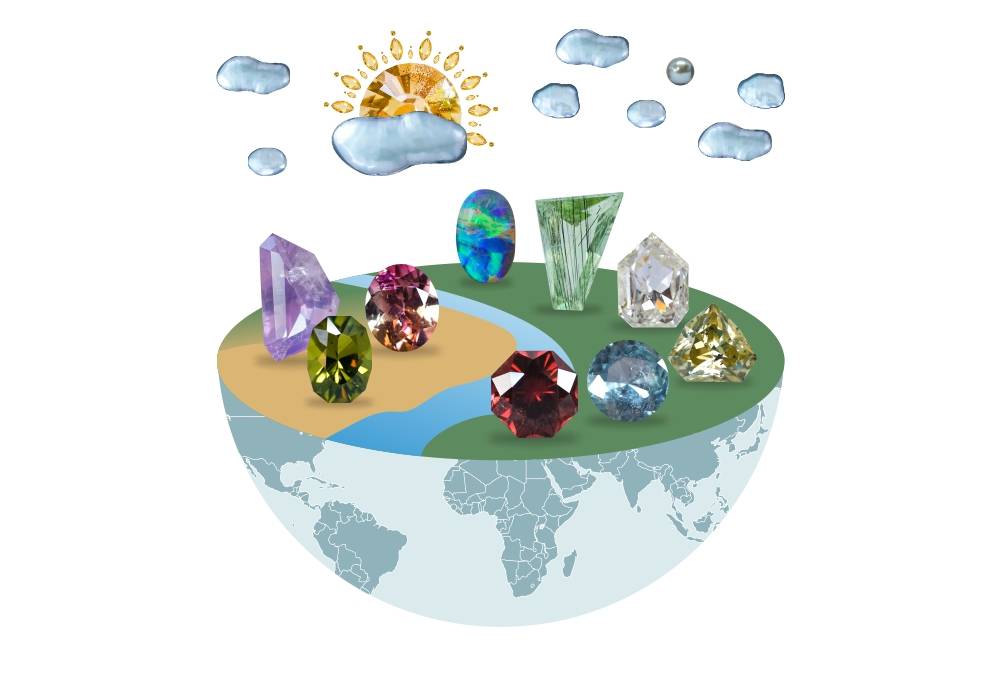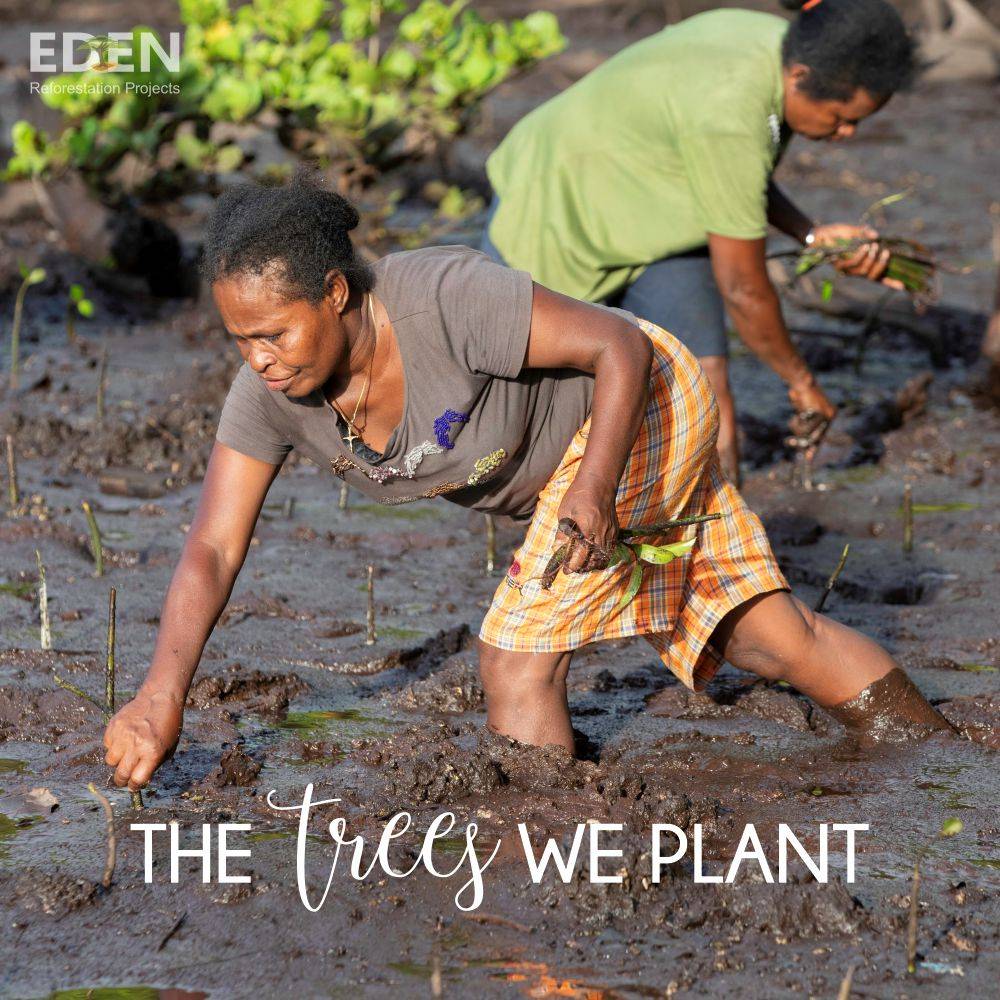Your Cart is Empty
Airline miles. Just the thought of it evokes feelings of success and luxury, with a side of chilled wine and broad sky.
Back then it was the sign of achievement. But nowadays it’s considered an unnecessary reward for a guilty pleasure.
You know what else is traveling all the time? Gemstones.

Cutting and polishing gemstones requires a certain dexterity, and it’s not a skill available everywhere. Only a few countries are equipped with passed-down knowledge and technology to perform the job. For example here in Asia, Surat in India is the world’s center for diamond cutting, and Bangkok is famed for the many gemstone cutters there. Aside from cutting, there’s a long to-do list before a gemstone lands in the hands of a jewelry designer.
Diamonds are travelling gemstones. They can be mined in South Africa, compiled in Belgium, cut in India, make a stop in Israel or the States for a dazzling trade show, and then land on a jeweler’s desk somewhere across the ocean. But the same story goes for other gemstones, and even for metals like gold and silver.
What’s the problem with traveling, you ask?
Carbon emission.
The same element which makes stunning diamonds (and makes us and all forms of lives possible), when it’s free-floating in the air, is trapping heat. In the case of carbon emissions, we’re specifically looking at one of the most abundant greenhouse gasses: carbon dioxide. I assume it’s no longer an unfamiliar story for you about how carbon emission leads to global warming leads to climate change.
I’ve often dreamed how growing Gardens of the Sun could have more impact. We could support more indigenous women miners, we could support more artisanal sapphire and diamond miners, we could plant more trees, we could give back more… Funny thing is, the bigger our business is, the more likely we increase our carbon footprint (oh the dilemma!)
Here’s why:
Bigger office and more staff means more electricity use
More production means more frequent use of transportation for the logistics (including sending design samples back and forth from our office to our goldsmiths and silversmiths in Yogyakarta)
More employees means more transport to and from the office
More gold miners receiving fair pay for their gold means more purchasing power to consume

Footprint is just a fancy word for waste. And waste is traditionally an afterthought. Especially if the waste is mostly invisible, like carbon.
By calculating how much carbon we emit (and where we leak carbon the most), we can tighten up our process and design a more effective program to put that carbon back into the soil - where it can stay instead of contribute exponentially to climate change.
This is where carbon accounting comes in; an extensive task of recording, measuring and calculating the amount of carbon dioxide we’re responsible for as detailed as possible.
Sounds complex? Carbon accounting is indeed an investment, but it’s much easier to do when we’ve made it a habit now than later. And I’m so grateful we did it.
So how do we measure our carbon emissions?
How far and deep down the supply chain do we go in taking responsibility for carbon emissions?
Where do the boundaries lie? How can we ensure accuracy?
This is where meticulous data collection by our Sustainability Team comes in.
Carbon accounting includes the amount of electricity used to light up each room in our office, the total distance travelled by our team from their house to the office including which mode of transport and type of petrol they used, and the packages shipped from our suppliers to us and from us to our clients. These are just a few questions we asked our supply chain and employees to double check our carbon footprint, and more:

Type of vehicles used to get to the office
Distance raw materials have travelled from the source to our Bali office, what vehicles are used to transport the metals and gemstones and the type of petrol used
Electricity used in the office (we also count the offset from our fridge, coffee maker, rice cooker, dry cabinet for the cameras and lenses, etc)
Type of energy used to mine, refine, and smelt gold
Annual business travel, for example to speak at conferences
Hosting our website
As you can see in our 2020 Impact Report, we counted a total of 53 t direct and indirect carbon emissions, from both our Bali office (9.567 tonnes) and our supply chain (43.23 tonnes). Our energy intensity falls into the “very efficient” category according to the Indonesian Ministry of Energy and Mineral Resources classifications. And we’ve offset all of our carbon emissions to the Katingan Project. This is the world’s largest carbon project, protecting a 157,000 ha peat swamp ecosystem in Central Kalimantan, through Cool Effect.
Did we miss anything in our carbon calculations? Probably.
Can we cover everything from A to Z? We’re doing our best.
Carbon accounting demands accuracy like no other, and mastering it is a skill on its own. 2020 is the first year we did carbon accounting and we’ll continue to do this, refine the process, expand our questions, work with third party institutions to ensure accuracy and share our progress with you.
Yes, it sounds laborious to nitty-pick our little sins which penetrate deep into our supply chain. Yet, without this information, there’s no way we can truly understand our carbon footprint. And there’s no way we can measure our progress.
By putting our habits and decisions into numbers, different things come to light. Here are few things we’ve learned after we calculate our carbon footprint:
The majority (a whopping 90% or 43.23 ton) of our carbon footprint lies in transportation
By using banana leaf packaging, we forgo machinal heating to dry the pulp, as the banana fiber is sun and air dried. The only carbon emission recorded is when we’re transporting packaging from our supplier in Java to our Bali studio.
Providing lunches for our team reduces carbon footprint because it minimizes transport. Bonus points: it’s vegetarian and dairy free, and we heavily reduce our physical waste from food packaging!
What does this have to do with #journeybeyondjewelry? When we reduce our carbon footprint, we actually shorten the journey. We can bring more transparency to the origin of our materials. We can cut distances short, so that we empower local communities and bring down our carbon footprint. As we like to say, we’re here to shake things up, gently. So, will you join us on our journey?
















